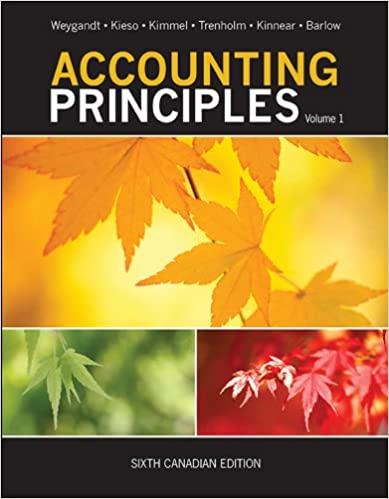At the beginning of 2015, Lorne Ltd acquired an item of machinery at a cost of $100,000. At the time it was expected that the machinery would have a useful life of 10 years anda residual value of $10,000. Until the end of the 2017 financial year the depreciation expense was recognised on a straight- line basis. At the beginning of the 2018 financial year the remaining useful life was reassessed as being 11 years and the residual value was reassessed at $14 000 REQUIRED Calculate the depreciation expense for the 2016, 2017 and 2018 financial years Original cost-2015 S100 000 Expected residual$10000 Depreciable base$90 000 Depreciation per year given expected life of 10 years $9 000 Carrying amount at 30 June 2017 is $100,000 less 2 x S 9,000 = $ 82,000 (after two years accumulated depreciation) Revised residual Revised depreciable base as at 1 July 2018 ($82,000 Depreciation per year with remaining life of 11 years Hence, depreciation expenses for 2016, 2017 and 2018 are $14 000 $14,000) $68 000 $6 182 $9000, $9000 and $6182 respectively On 1 July 2015 Sprintfast Couriers Ltd, which has a year-end of 30 June, purchased a delivery truck for use in its courier operations at a cost of S65,000. At the end of the truck's useful life it is expected to have a residual value of $5000 During its six-year useful life, Sprintfast Couriers Ltd expected the truck to be driven 246,000 kilometres. REQUIRED Calculate the annual depreciation charge for each of the six years of the truck's life using the following methods: . the straight-line method 2. the declining-balance method 3. the units-of-production method using kilometres as the basis of use and assuming the following usage: Year 2016 2017 2018 2019 2020 2021 Kilometres 28 000 34 000 42 000 55 000 68 000 19 000 246 000 (a) Straight-line depreciation (Cost - residual value) +useful life (S65 000 S5000) +6 S10 000 per year This method of depreciation would be appropriate when the pattern of benefits derived from the asset are expected to be uniform throughout the asset's useful life. (b) Declining-balance depreciation The percentage to be applied to the opening written-down value (or carrying amount) of the asset is determined by using the following f percentage the nth root of (salvage valuecost) where n- the life of the asset, which in this case is 6 1.0 0o.076923 -1.0-0.652143 0.347857 Year CalculationDepreciation 1 0.347857 x ($65 000) = $22 611 2 0.347857 x (S65 000-22611) $14 745 3 0.347857 x (S65 000- 37 356)-S9 616 4 0.347857 ($65 000-46 972)-$6 271 5 0.347857 x (S65 000-53 243) $4 090 6 0.347857 x (S65 000-57 333) $2 667 $60 000 (c)Units-of-production method YearCalculation 201628 246 x $60 000 201734 -246 x $60 000 2018 42 246 x $60 000 2019 55246 x $60 000 202068246 x $60 000 202119 246 x $60 000 Depreciation S6 829 $8 293 $10 244 S13 415 $16 585 $4 634 $60 000 The units-of-production method results in a depreciation charge based on the expected use or output of the asset. Depreciation is calculated by taking the actual usage for the year and dividing it by total expected usage and then multiplying it by the depreciable amount









